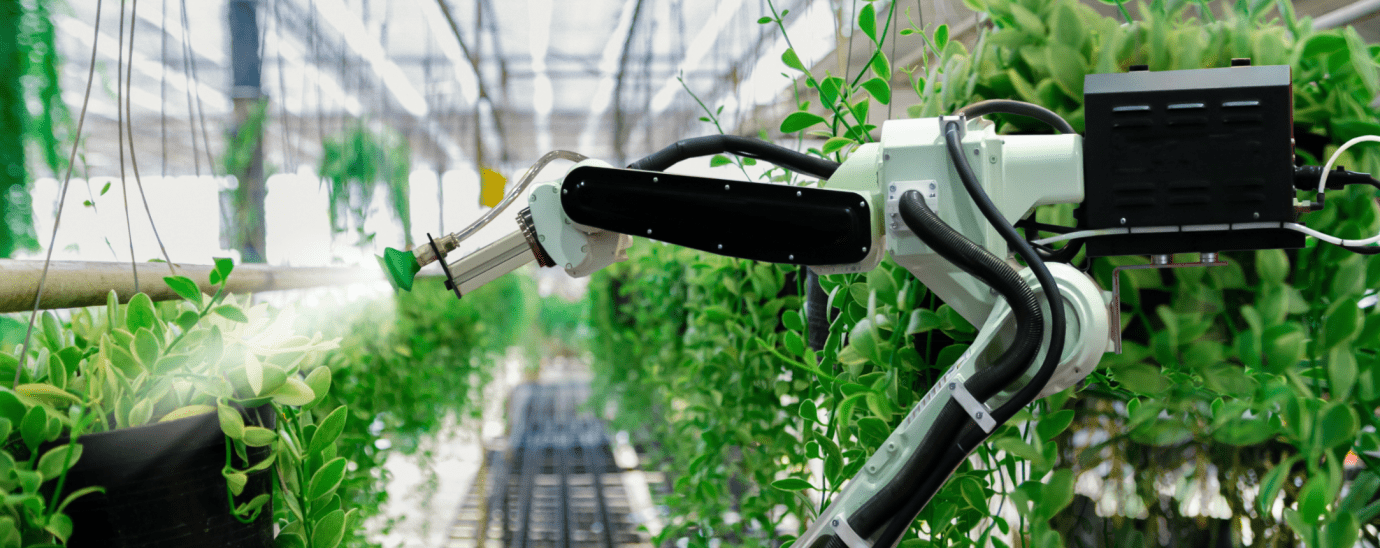Optimising agricultural performance and production through data sharing

Simon Field, Field CTO of Snowflake delves into how data sharing will help improve the efficiency of the agriculture industry.
The agricultural industry is set to enter a new era of efficiency thanks to the potential of technology innovation such as cloud and the Internet of Things (IoT). With almost every process within agricultural production now producing data, there is true potential to help farmers step into the future of farming and transform their livelihoods in tackling global problems.
Challenges that agricultural organisations face include a rising global population, and increased pressures on shortages of land, water and energy. The United Nations Food and Agricultural Organisation predicts that the world’s population will reach 8 billion people by 2025 and 9.6 billion by 2050. There will need to be an increase in food production of up to 70% by 2050 to keep pace with this growing demand.
The requirement for increased production mixed with resource limitations means agriculture needs to operate as efficiently as possible to meet increased demand. These pressures make it vital for agricultural farmers to have reliable information at any given time on which they can base their decisions. Thankfully, data-enriched technologies are helping meet this demand, fuelling a digitally optimised industry.
Intelligent-based decision making
Farmers now have the opportunity to develop a data-orientated farming sector thanks to the sheer volume of data that is being generated at any given moment. However, this collection of data must be matched with accurate gathering and analysis to better understand what is taking place on a farm. With the advent of real-time data which can provide up-to-the-minute updates occurring in the agriculture sector, it’s now become more important than ever for farmers to reap the benefits of technology.
Across the agricultural production journey, there are thousands of touch points which are ripe for data acquisition and interpretation. From the planting and seeding of crops, to harvesting and distribution, data is generated at every step. Successful agricultural organisations can harness and implement the huge amounts of intelligence available, in the same way as other industries do. In clothing production for example, it is commonplace to utilise data on consumer spend, availability of materials and distribution capabilities. Retailers can then foster an open dialogue through secure data sharing with external partners such as the supply chain, and be more informed in helping the retailer improve processes and provide better experiences for its customers.
READ MORE: How can technology fight forest fires?
The replication of this model by agriculture organisations would establish a more interconnected industry, enhancing both productivity and efficiency. By using the multiple sources of data created in the production process it becomes possible to analyse data at a granular level – to the extent that we can optimise every litre of water and grain of wheat. This can factor in weather, potential yield, PH values, crop cycles and combined with a host of quantifiable shared data via the wider business ecosystem can provide further intel on agriculture processes.
Through the power of cloud computing we can use scalable distributed systems to deal with large amounts of data and make it available on a global level in the most efficient manner. By capitalising on cloud infrastructures, farmers and those within the agriculture sector will significantly enhance their use of data at a scale not previously possible.
Connecting production with consumer demand
Modern data sharing enables fast, cost-effective, and secure collaboration inside and outside an organisation by providing data consumers with real-time access to data. Agricultural organisations run in ecosystems of production and consumption which work independently but constantly interact with one another, and so the sharing of information systems is essential and can be optimised through cloud data sharing.
Through this, the sharing of data in the agricultural context will become more informed and complex, to the extent we see farms in India planting more jackfruit based on Western demand for vegan superfoods, sustainable crop legislation and consumer desire for vegetarian alternatives.
With a unified and concerted goal towards tackling global climate issues in the agricultural industry, it only strengthens the desire for a more open and shared data ecosystem. The data collected will enable farmers to benchmark their own performance against others, to drive improvements and define best practice across the industry.

Evolving demands
The effects of climate change are already becoming apparent for farmers. The European Environment Agency finds that warmer air temperatures have affected the length of the growing seasons and changes in temperatures can affect the proliferation and spreading of some species, such as insects or diseases. All of these changes carry the possibility of affecting crop yields, heightening the importance of data sharing communications.
This interconnectivity will only be boosted thanks to rising awareness of the benefits of moving towards automated and intelligent-based decision making and management. An important factor for this development is the availability of cloud infrastructures on which artificial intelligence (AI) and machine learning (ML) models can be built on.
Agricultural technology company, Indigo AG, is exemplifying this by using AI and ML to seed treatments that optimise the health of a plant, in order to increase its yield. The aim of this is to use natural microbiology and tech to improve sustainability, profits for growers and consumer health.
This data, which is powered by its cloud data warehouse, is then fed into Indigo Marketplace, which acts as a farming equivalent to eBay or Amazon. It connects growers with buyers who want the ingredients they purchase available to order to exact specification. This reduces inconsistency and helps farmers to have greater ability to anticipate both yield and price, all thanks to data sharing models.
To continue to meet the demand from rising populations and climate change, the agriculture industry needs to work in unison, rather than in siloes. Technology, largely powered by the cloud, is fast becoming the central cog to enable this transformation, but people will need to become more aware of its benefits in transforming the sector.
Informed decision making thanks to a data sharing system where communication both internally and externally becomes seamless will transform agriculture into an interconnected and future-driven system.
